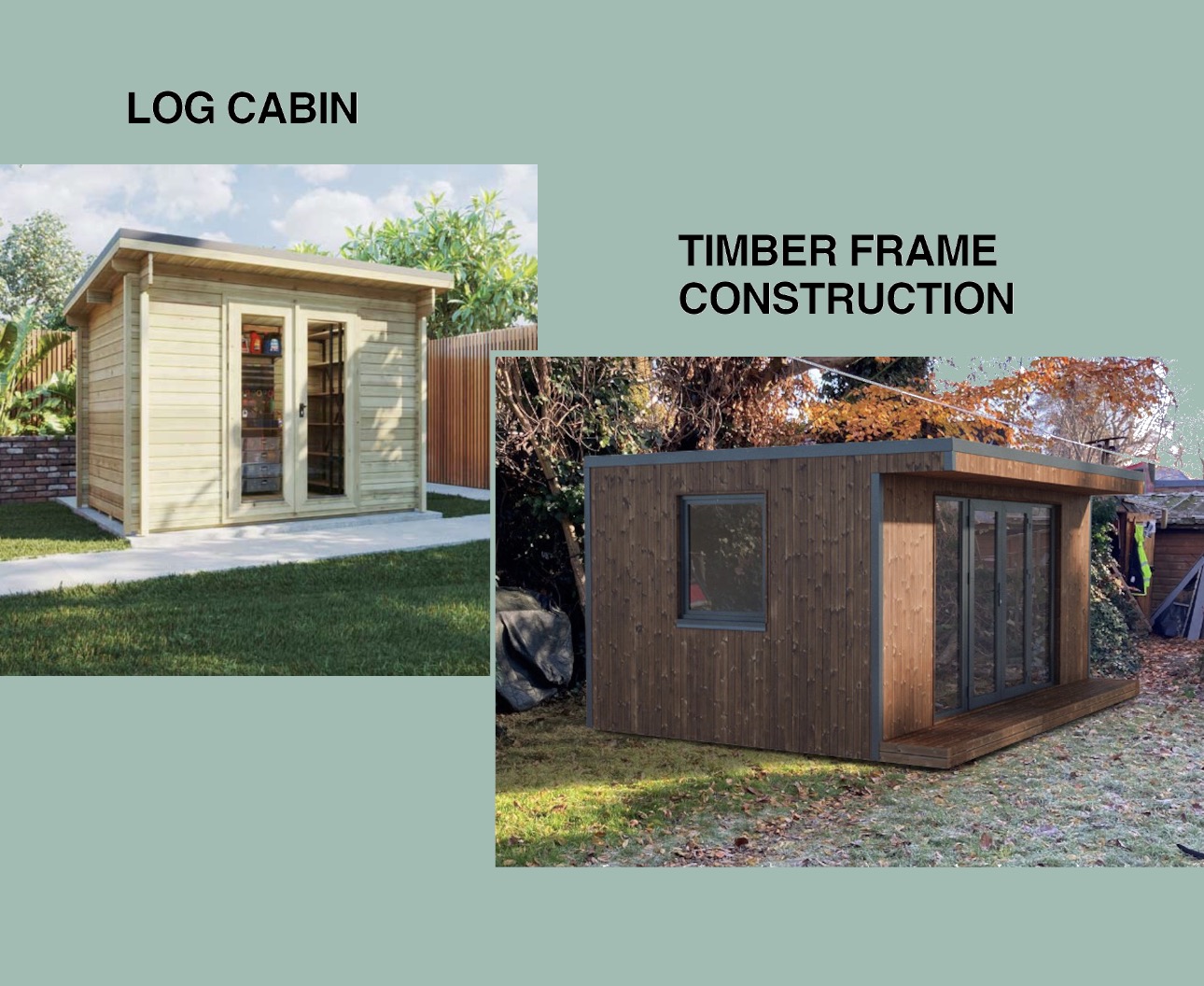The allure of a log cabin, a 100% wooden construction, appeals strongly to individuals with a penchant for nature-friendly materials and a love for wooden design aesthetics. The distinctive feature of protruding boards in the corners adds a touch of character, creating the picturesque image of a cabin nestled in the heart of a wooded landscape. While the appeal of such a structure is specific, it is crucial to consider both its aesthetic and practical aspects.
For those seeking to craft a space with the ambiance of a living room, a timber frame panel building is recommended. These structures provide more flexibility in space design, often featuring interior finishes such as decorative panels or painted plasterboard. The choice between a log cabin and a timber panel building hinges on the desired atmosphere, with the former embracing a more rustic, natural feel and the latter offering a canvas for a broader range of design possibilities.
However, it’s important to note that the interior of a log cabin can become visually overwhelming if left untreated. The abundance of untreated wood finish may result in a tired and monotonous appearance. Cracks may also emerge in the logs, and the interior may seem raw compared to surfaces finished with plasterboard and paint, which can create a more welcoming and cosy living space atmosphere.
Another consideration when opting for a log cabin is the natural behaviour of wood. Logs are prone to swelling and shrinking based on seasonal changes. The height of the walls can fluctuate by 3 cm for two metres, a factor that must be taken into account during construction and maintenance. While this dynamic quality contributes to the charm of wood, it demands careful attention to prevent structural issues and ensure the longevity of the building.
Windows and doors in a log cabin summer house are often of lower quality. This discrepancy in precision can lead to inaccuracies in measurements, resulting in gaps that allow cold air to permeate the interior. Understanding these inherent challenges is crucial for individuals considering a milled wooden garden house, especially during the winter months.
In log cabins the construction of the floor is an often-overlooked aspect that significantly influences the overall experience within the log construction garden room. Thin boards commonly used in floorboards can result in a floor that springs and creaks, diminishing the desired comfort and stability. A thoughtful selection of materials and construction techniques is essential to address these potential drawbacks.
For those intending to use the garden room during colder periods, additional considerations come into play. A minimum log wall thickness of 70 mm is recommended, and both the floor and roof should be insulated. Here, insulated frame panels offer a distinct advantage, enhancing the overall thermal efficiency of the structure and ensuring a comfortable environment even in chilly weather.
In conclusion, the choice between a log cabin and other alternatives should be informed by a careful consideration of both aesthetic preferences and practical necessities. While the former exudes a unique charm, those desiring a garden house that is easier to keep warm and offers an interior milieu akin to a living room are advised to explore timber frame construction build with stone wool insulation. Balancing the appeal of natural materials with practical considerations ensures a harmonious and enduring living space. PlaceHill garden rooms are built from pre-made timber frame insulated panels.
